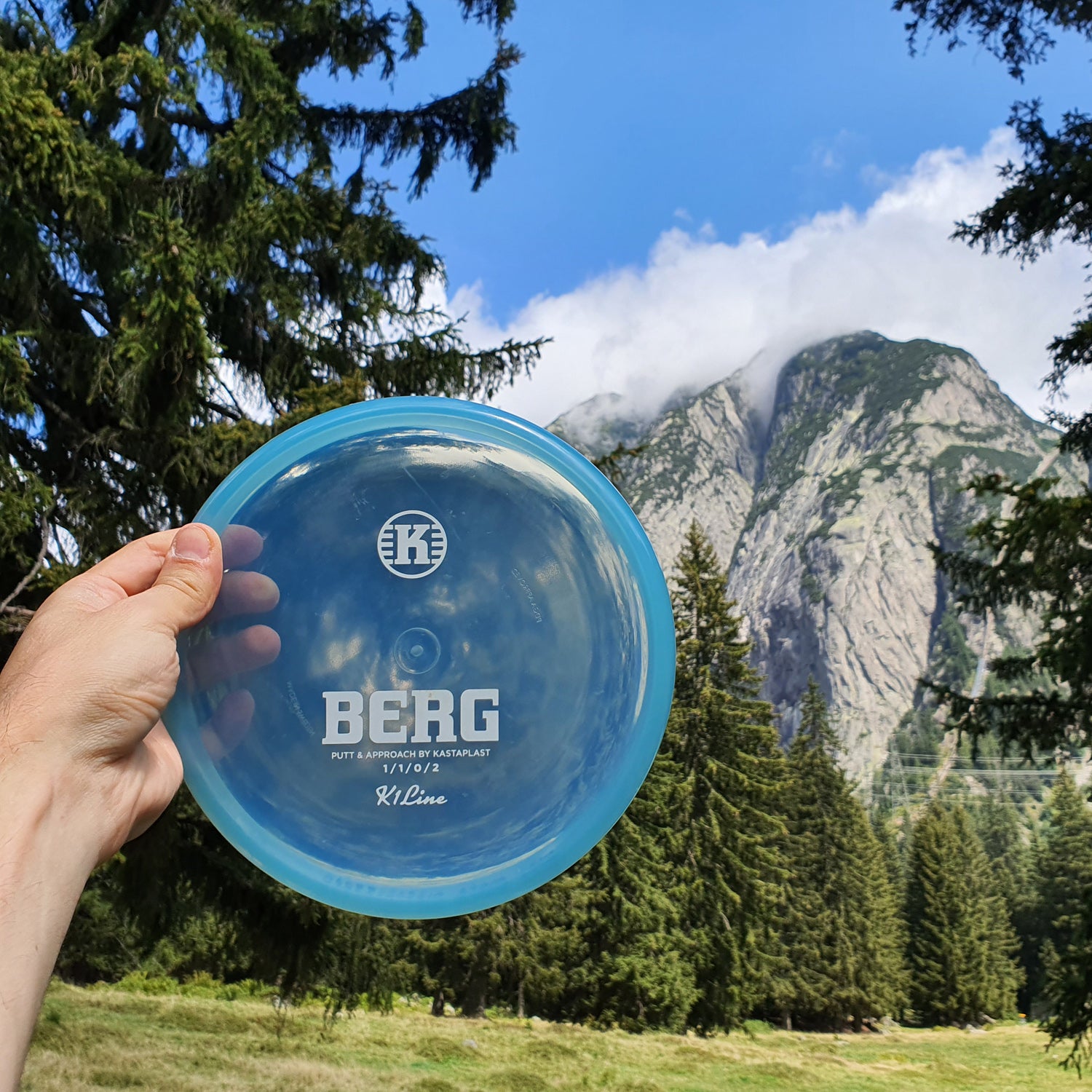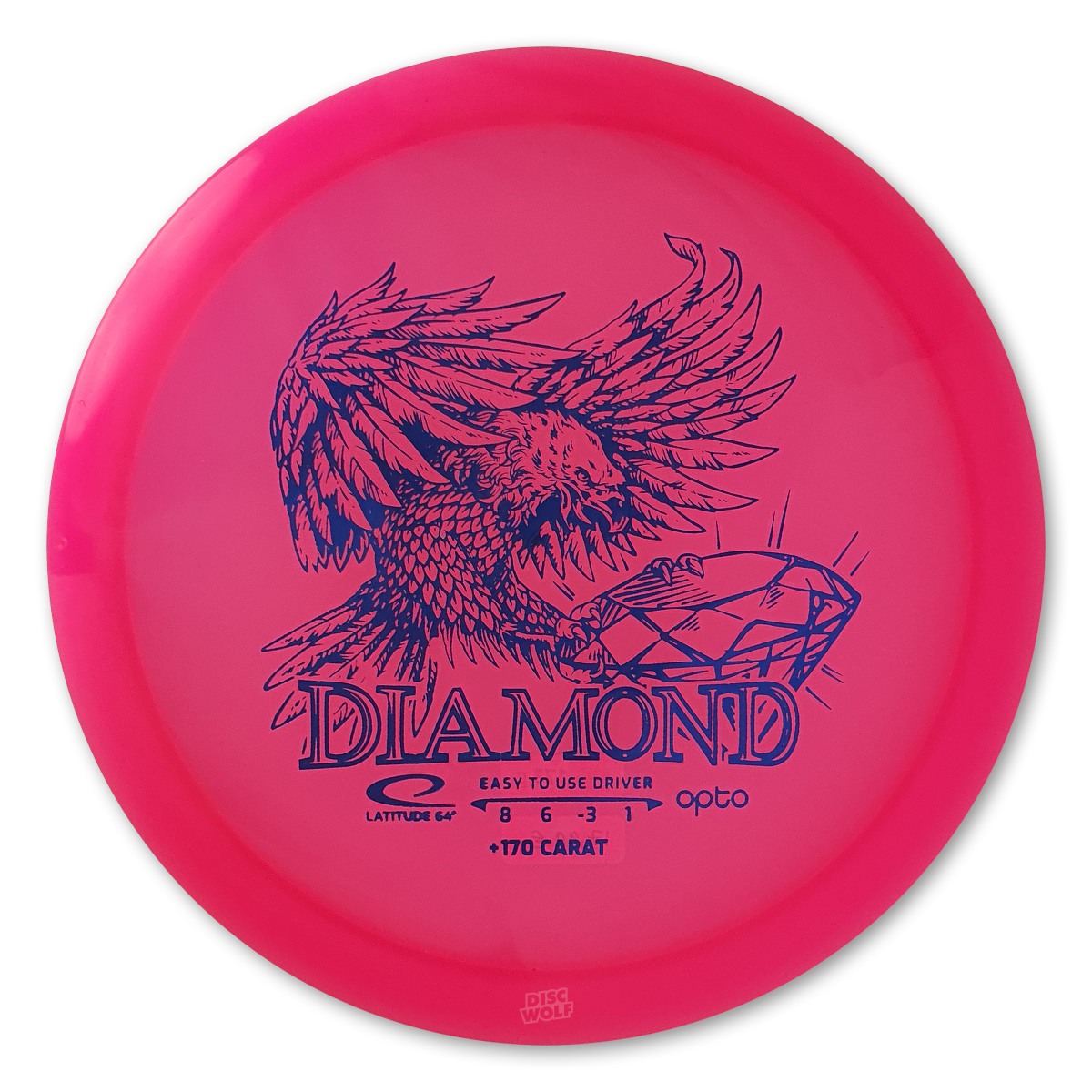Dear Disc Golf Beginners,
you want to start playing but don't know which disc to chose?
So either hop to our TL;DR Beginner's Choice and pick some discs or read through this page and learn about flight number to pick a more educated choice at the end.
So the flight numbers (eg 9|6|-2|1) tell you how a disc flies in general. But don't be fooled, they only provide a rough orientation. Discs with the same flight specs from different brands might behave differently. Even the same disc in a different plastic might have a different flight.
Nevertheless the flight numbers provide a good first impression and after throwing your discs for a while, you'll get a better understanding of how they behave. That knowledge will be helpful in picking your next disc.

Speed
Speed describes the rate at which a disc can travel through the air.
A disc only follows its' intended flight pattern (speed, glide, turn, fade) when thrown at the correct speed. You can throw a high speed disc, even with lesser arm speed, but the flight curve will definitely deviate from the anticipated flight curve.
Faster discs have less wind resistance and can fly farther when thrown properly. Slower discs can generally be aimed more precisely. Putters and approach discs will have the lowest 'speed', long distance drivers will have the highest 'speed'.
The higher the 'speed' of a disc, the more power/better technique is required to throw it. This is why it is recommended beginners start with low speed discs (2-6).
Speed is the first number of the four flight numbers (eg 9 | 6 | -2 | 1 ) and ranges between 1 (little speed) and 15 (a lot of speed).

Glide
Glide refers to the discs ability to stay in the air once thrown. Discs with maximum glide are good for gaining more distance. High glide discs are less stable, which is why they are less suitable in windy situations. Beginners may choose discs with higher glide (>4) to maximize throwing distance.
Glide is the second number of the four flight numbers (eg 9 | 6 | -2 | 1 ) and ranges between 1 (little glide) and 7 (a lot of glide).

Turn
Turn indicates the discs tendency to 'turn over' during the early and fastest phase of flight.
For a right handed backhand throw (RHBH) turning over means the disc will bank right, for a left handed backhand throw (LHBH) it will bank left.
Discs with more turn (a higher negative number) tend to be easier to throw for beginners and will produce an S-curvature flight. They are also less accurate in high-wind conditions. Discs with high turn (ie -5 to -3) may drop and roll on the ground if thrown too fast or with too much anhyzer.
Discs with a positive turn (>0) will be very resistant to turning over.
Turn is the third number of the four flight numbers (eg 9| 6 | -2 | 1 ) and lies inbetween 1 (no turn) and -5 (a lot of turn).

Fade
Fade tells us how strongly the disc will hook left (RHBH) when it slows down at the end of its' flight. Discs with a low fade number (<1) tend to fly more straight at the end of the flight, while a higher fade (>2) will result in a stronger curve during the flight.
Discs with a higher fade will behave more accurately in high wind conditions and downhill throws, because they tend to stay in that curvy flight. Very high fade discs might be called overstable.
Fade is the fourth number of the four flight numbers (eg 9 | 6 | -2 | 1 ) and ranges between 0 (straight flight) and 5 (very curvy flight).

